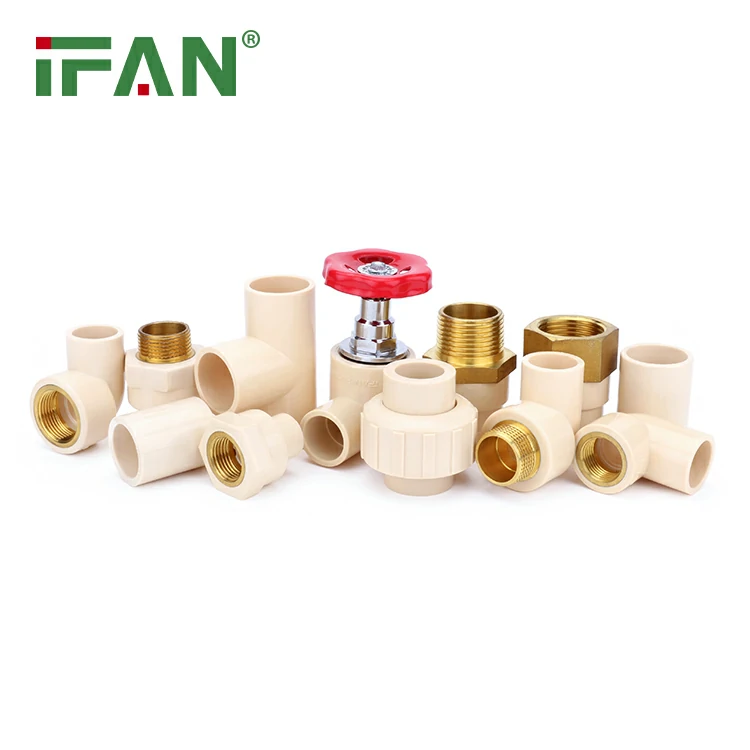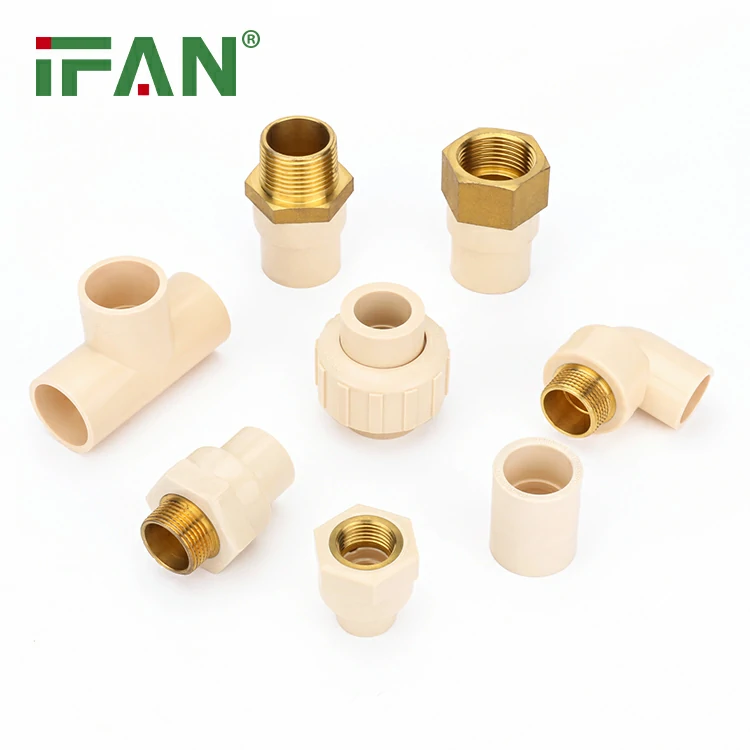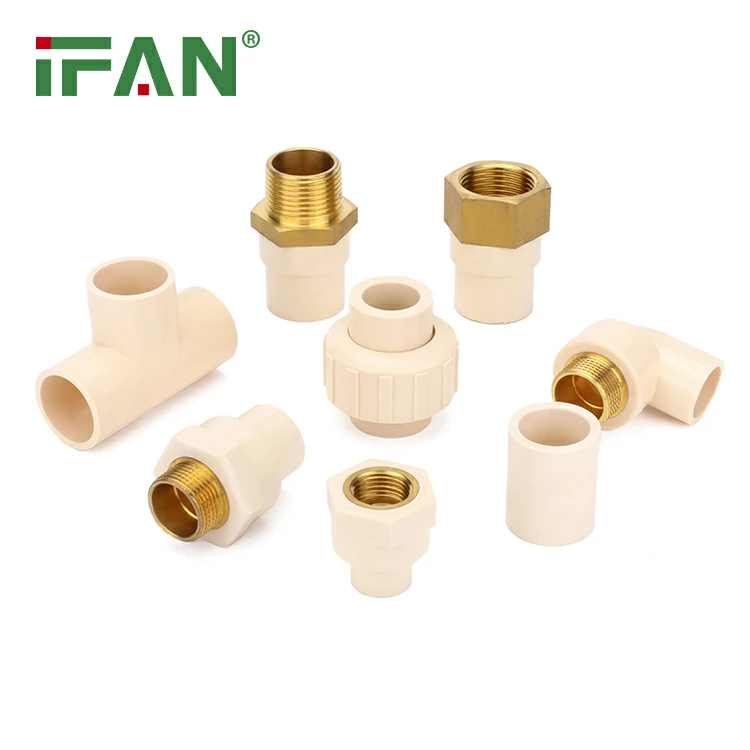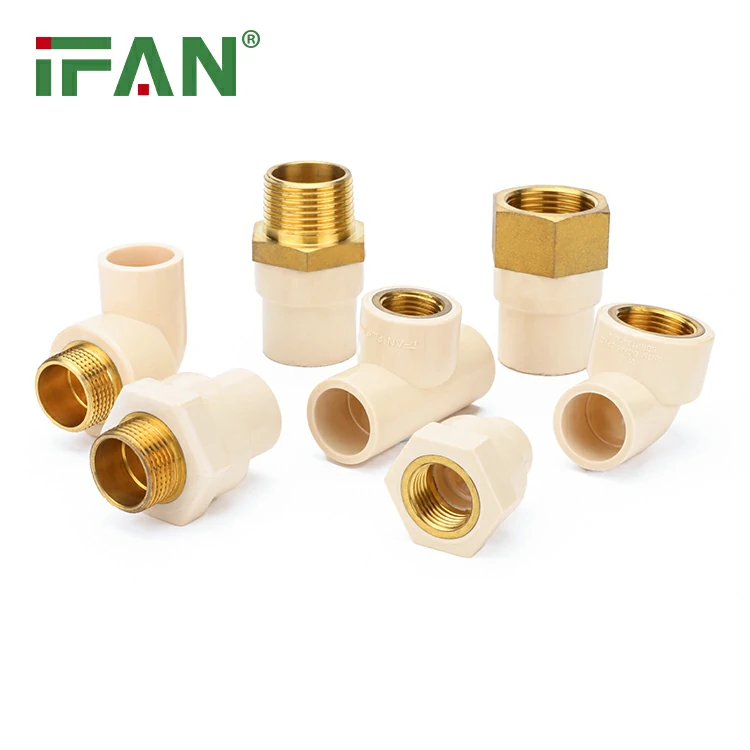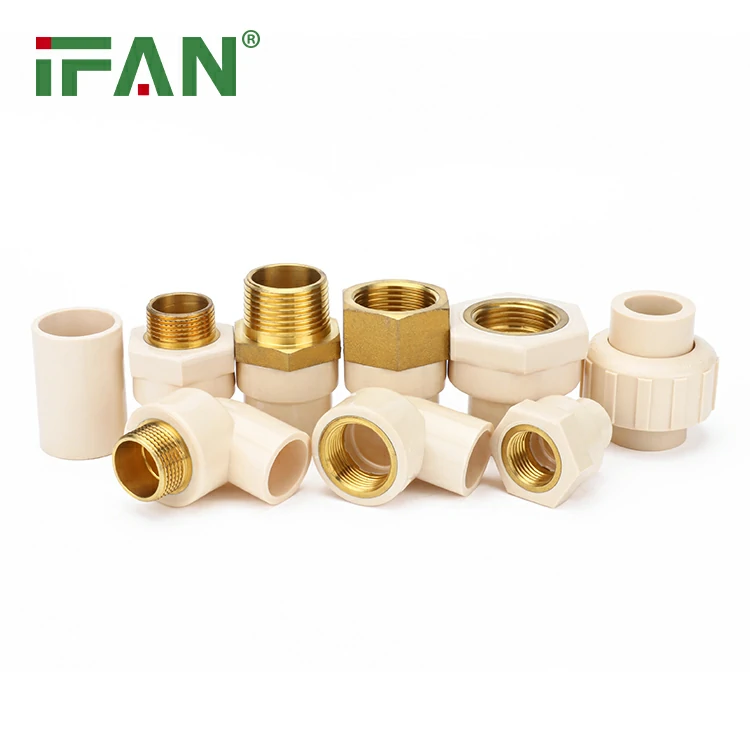IFAN Hot Selling CPVC Pipe Fitting
Category : Click Download
Whatsapp : +86 19884503412
Wechat : 19884503412
Description
Introduction to CPVC and Water Heater Connections
Chlorinated Polyvinyl Chloride (CPVC) is widely used in residential plumbing for hot and cold water systems.
It offers high-temperature resistance and corrosion-free operation in typical domestic environments.
However, connecting a CPVC Pipe Fitting directly to a water heater is not always advisable.
Water heaters can exceed safe temperatures for CPVC during heating or pressure surges.
Understanding material limits, installation codes, and manufacturer guidance is crucial before direct connections.
This article explores whether direct connection is safe and offers better alternatives when needed.
CPVC Temperature and Pressure Limitations
CPVC Pipe Fitting is designed for hot water use but within specific temperature limits.
Most CPVC pipes and fittings are rated up to 180°F at 100 psi.
Water heaters can temporarily exceed this, especially during malfunction or thermal cycling.
Exceeding temperature ratings can cause softening, deformation, or leaks in the CPVC system.
Furthermore, local pressure surges or expansion can place extra strain on the pipe connections.
For safety, manufacturers often advise against direct attachment to the heater’s hot outlet.
Code Requirements and Industry Guidelines
Plumbing codes vary by region but often discourage direct CPVC connections to water heater outlets.
The Uniform Plumbing Code and manufacturers typically recommend a 6-inch metallic transition.
This metallic section handles extreme temperatures better than plastic materials.
Some jurisdictions mandate metal-to-metal connections for the first segment after the heater.
Check local building regulations and product approvals before using CPVC Pipe Fitting directly.
Using code-approved components ensures long-term reliability and avoids compliance issues.
Manufacturer Recommendations Matter
Leading CPVC manufacturers like FlowGuard Gold advise against direct water heater connections.
They recommend a short metal nipple or flexible metallic connector to isolate the plastic.
This transition helps protect the CPVC Pipe Fitting from excessive radiant or convective heat.
Some brands offer specialized transition fittings that incorporate approved barrier designs.
Always refer to the manufacturer’s documentation or certified installer guidelines before proceeding.
Failure to follow these instructions may void warranties and create safety hazards.
Real-World Installation Example
A homeowner in Texas used CPVC Pipe Fitting directly on a tank-style electric water heater.
After six months, signs of pipe discoloration and joint deformation began to appear.
An inspection revealed that water temperatures often exceeded CPVC’s design limits during recovery cycles.
Replacing the first 12 inches with a copper nipple and union resolved the issue.
This example shows the importance of thermal buffering between the heater and plastic pipes.
Even when operating normally, water heaters can expose fittings to excessive heat.
Safer Alternatives for Direct Connection
If a direct connection is necessary, consider using a rated metallic transition fitting.
Flexible stainless steel water heater connectors are often used to bridge the gap safely.
These connectors are resistant to heat and allow easy maintenance and replacement.
Another option is using a brass or copper nipple between the heater and CPVC Pipe Fitting.
Thermal insulation around the transition also reduces heat transfer to plastic components.
Choosing the right combination ensures both safety and long-term system durability.
Common Mistakes and How to Avoid Them
One common mistake is solvent-welding CPVC fittings too close to the heater outlet.
The heat softens the joint before full curing, leading to leaks or failure.
Another issue is using incompatible thread sealants that degrade under high temperature.
Always use Teflon tape or approved thread sealants with metallic fittings.
Avoid routing CPVC Pipe Fitting in direct contact with heater surfaces or flue areas.
Proper spacing and use of heat shields prevent heat damage and extend service life.
Conclusion: A Safe and Smart Approach
While CPVC Pipe Fitting is excellent for hot water distribution, it’s not ideal for heater outlets.
Direct connections may result in thermal stress, leaks, or code violations over time.
Using a metallic transition fitting is the industry-recommended solution for safe integration.
Always follow code requirements, manufacturer instructions, and best practices during installation.
By taking the right precautions, you ensure reliable plumbing performance and household safety.
For optimal results, consult a licensed plumber when installing or modifying water heater connections.
相关产品
- PVC Pipe & Fittings
Beige CPVC Male Socket
- PVC Pipe & Fittings
Beige CPVC Seated Elbow
- PVC Pipe & Fittings
CPVC Tank Connector
- PVC Pipe & Fittings
CPVC Fitting Tank Connector
HAVE ANY QUERIES? SEND TO CONTACTOANTSMACHINE.COM
ONTACT US

